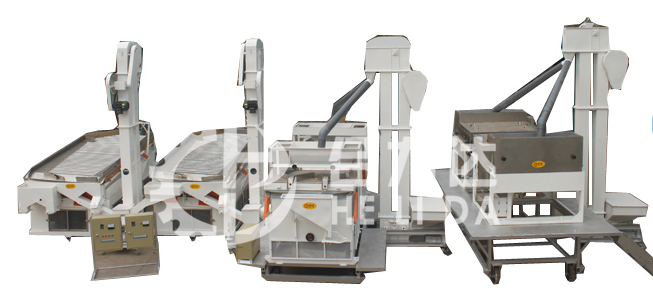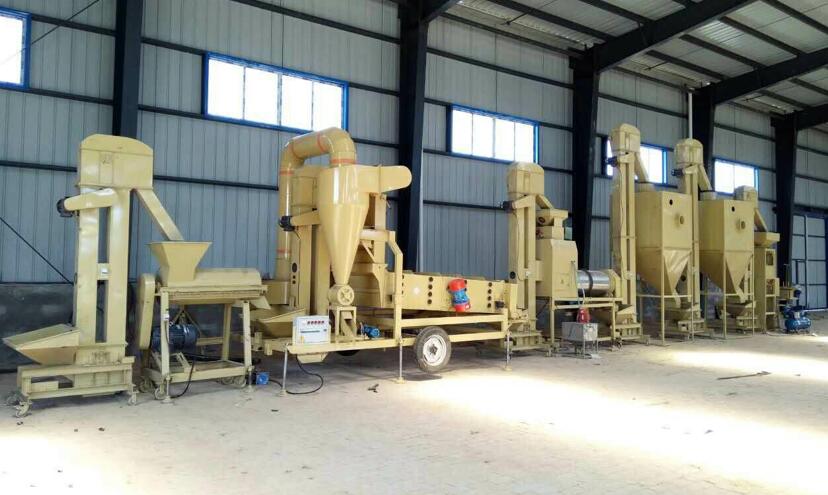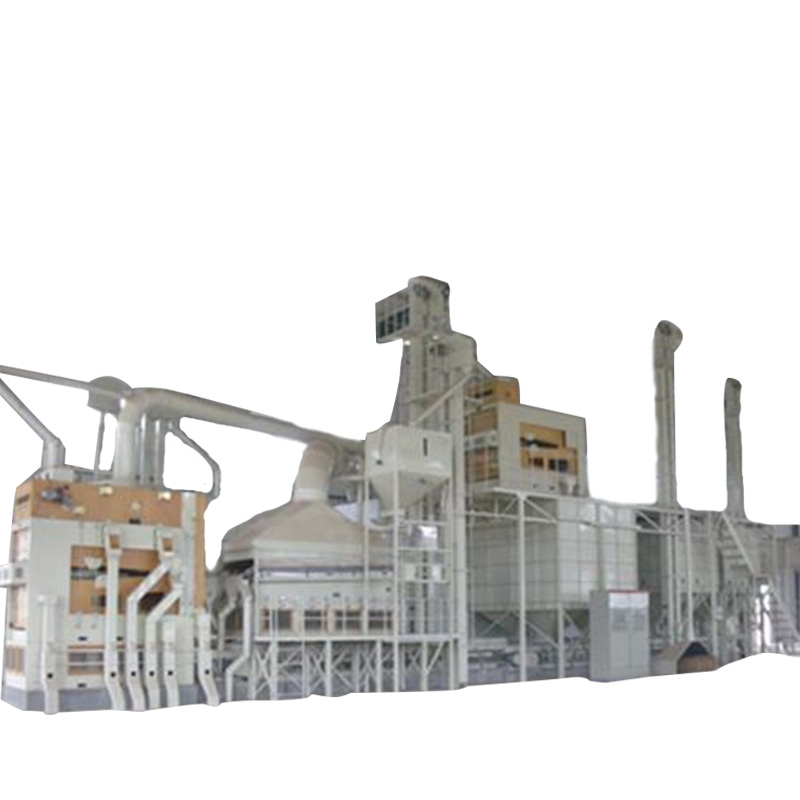The combination machine is a semi-automatic or automatic special machine based on common parts and equipped with special parts and fixtures designed according to the specific shape and processing technology of the workpiece. The combined machine tool generally adopts multi-axis, multi-knife, multi-sequence, multi-face or multi-station simultaneous processing, and the production efficiency is several times to several tens of times higher than that of the general machine tool. Since common components have been standardized and serialized, they can be flexibly configured as needed, reducing design and manufacturing cycles. Therefore, the combined machine tool has the advantages of low cost and high efficiency, and is widely used in mass and mass production, and can be used to form an automatic production line. Combination machine tools are generally used to machine parts of boxes or special shapes. During machining, the workpiece generally does not rotate. The rotary motion of the tool and the relative feed motion of the tool and the workpiece realize drilling, reaming, boring, reaming, boring, milling plane, cutting internal and external threads, and machining the outer circle. And end faces, etc. Some combination machine tools use a turning head to hold the workpiece to rotate, and the tool can be used for feeding motion, and can also realize the outer circle and end surface processing of some rotary body parts (such as flywheel, automobile rear axle half shaft, etc.). Since the 1970s, with the development of indexable tools, fine-tooth milling cutters, automatic pupil size detection and automatic tool compensation technology, the machining accuracy of combined machine tools has also improved. The flatness of the milling plane can reach 0.05 mm / 1000 mm, the surface roughness can be as low as 2.5 ~ 0.63 μm; the pupil precision can reach IT7 ~ 6 grade, the pitch precision can reach O.03 ~ O.02 microns. Special machine tools have developed with the rise of the automotive industry. In the special machine tool, some components are gradually developed into common parts due to repeated use, thus producing a combined machine tool. The earliest combination machine was made in the United States in 1911 for the machining of automotive parts. Initially, each machine tool manufacturer has its own common component standards. In order to improve the interchangeability of common parts of different manufacturers and facilitate user use and maintenance, in 1953, Ford Motor Company and General Motors and US machine tool manufacturers negotiated the principle of standardization of common parts of combined machine tools, that is, strict regulations The size of the contact between the components, but the structure of the components is not specified. The general-purpose components can be classified into five types according to functions: a power component, a support component, a conveying component, a control component, and an auxiliary component. The power component is the component that provides the main motion and feed motion for the combined machine tool. There are mainly power boxes, cutting heads and power slides. The support member is a component for mounting a power slide, a cutting head or a clamp with a feed mechanism, and has a side base, an intermediate base, a bracket, an adjustable bracket, a column, and a column base. The conveying component is a component for conveying the workpiece or the headstock to the processing station, and mainly includes an indexing rotary table, a circular indexing rotary table, an indexing drum and a reciprocating moving table. The control unit is a component for controlling the automatic working cycle of the machine tool, and has a hydraulic station, an electrical cabinet, a console, and the like. The auxiliary components include a lubricating device, a cooling device, and a chip evacuation device. In order to enable the combined machine tool to be used in small and medium batch production, it is often necessary to apply group technology to concentrate the parts with similar structure and process on a combined machine tool to improve the utilization of the machine tool. There are two common types of machine tools, such as the spindle box combination machine and the turret combination machine. The future development of the combined machine tool will use more transmission motors and ball screws to simplify the structure and shorten the production cycle; use the digital control system and the spindle box and clamp automatic replacement system to improve the process adjustability; Into the flexible manufacturing system and so on.
We are the specialized and top manufacturers in China and We offer full set Sesame Proessing Plant solution. Whole Seed Cleaning Plant is from Pre-cleaning, Fine cleaning, Destining, Gravityseparating, Beans polishing,Seed coating, Last seed weighing and packing.
The Seed Cleaning & Processing Line is composed of several single machines. Base on different grain type and processing grain, we will suggest appropriate grain cleaning machines. These grain cleaning machines arecollocated freely. Between each machines, there are Bucket Elevator , Inclined Evator or other conveying equipment to link up.
Sesame Seed Cleaning & Processing Plant has followingadvantages:
Easy to setup, machines easyto move and can be placed freely.
Save labor, there are middleconveyors to transfer grain from one machine to another.
Effective and low cost, singlemachines compose a seed processing line improve the working performance. Lowproduction cost makes it hot sale.
Above flexibility andconvenience makes Seed Cleaning & Processing Plant makes it becoming hot sales item.
Seed Processing Line installationeffect and introduction.
This Grain Cleaning & Processing Plant iscomposed of 5XZC-5DX Seed Cleaner & Grader, 5XZ-5 Gravity Separator , DTY Bucket Elevator, 5BYX-5 Seed Coating Machine, and HLD-50 Bagging Scale System.
Working flow: The seeds arefed into 5XZC-5DX Seed Cleaner &grader first. Seed cleaner & grader will remove the dust, lightimpurity, oversize and undersize impurity before seed flow into 5XZ-5 gravity separator. During seeds cleaned by Gravity Separator, the seeds are separated by density difference. Thepartially eaten seeds, immature seeds, insect damaged seed, sick seeds, moldyseeds are separated from good healthy seeds. Then seeds go on being lifted by DTY Bucket Elevator, falling into the 5BYX-5 Seed Coating Machine. During the seed coating procedure, the chemical,fertilizer or other protective liquidity will be coated to seeds' surface andimprove seeds' germination rate. Finally seeds being transferred to Weighing Scale . Seeds will be weightedand packed to bags ready for sell.
Sesame Processing Plant,Sesame Seed Processing Plant,Sesame Bar Processing Plant ,Sesame Seed Mobile Processing Plant Hebei HELIDA Grain Selecting Machinery Technology Co., Ltd. , http://www.grainseedscleaner.com



